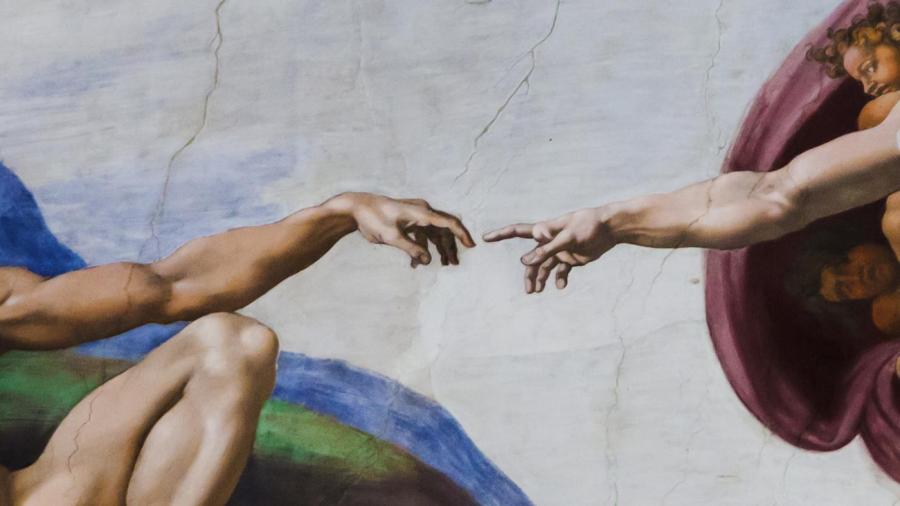What Materials Did Michelangelo Use?

Michelangelo’s preferred sculpture material was marble, which he used in his most-renowned sculptures, including “Pieta” and “David”. Most of Michelangelo’s paintings were in fresco, which is a method of mural painting. During fresco painting, earth pigments are mixed with water and applied to fresh plaster.
Before working on a sculpture, Michelangelo used red and black chalk on paper to sketch his design. Red chalk was the favored medium for nude studies because of its malleability. Michelangelo’s “Study for the Nude Youth Over the Prophet Daniel” and “Madonna and Child” are drawn in red chalk. Michelangelo has two known oil paintings. The first is “The Torment of Saint Anthony,” his earliest known painting, which he painted as an apprentice before he progressed to sculpting. His second oil painting was “Doni Tondo,” which was oil and tempera on panel. Michelangelo’s largest and most detailed work, the Sistine Chapel ceiling, was painted in mezzo-fresco, a fresco technique using semi-dry plaster. Mezzo-fresco was believed to have more depth than traditional wet-plaster techniques. Despite his fame for painting the Sistine Chapel, and the four years of his life that he spent on it, Michelangelo considered himself primarily a sculptor. He did not enjoy painting and he openly spoke against oil painting in particular.





